VC&G Anthology Interview: Charles Simonyi and Richard Brodie, creators of Microsoft Word (2008)
November 7th, 2015 by Benj Edwards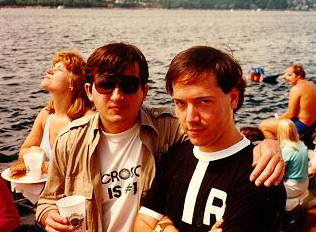 In October 2008, I created a slideshow to celebrate the 25th anniversary of Microsoft Word for PCWorld.com. It included slides on the history of the software and some oddities as well — remember Clippy?
In October 2008, I created a slideshow to celebrate the 25th anniversary of Microsoft Word for PCWorld.com. It included slides on the history of the software and some oddities as well — remember Clippy?
While researching the slideshow, I contacted Charles Simonyi and Richard Brodie — two early Microsoft employees who worked together to create the first versions of Microsoft Word. While working at Xerox PARC in the 1970s, Simonyi and a colleague named Butler Lampson created Bravo, the world’s first WYSIWYG word processor. After that, Microsoft hired Simonyi largely based on that experience.
 Conducting original interviews for a web slideshow was very unusual in 2008 — heck, it’s unusual today. But sometimes you need to go to the source to get some facts straight, and that’s what I was doing, as you’ll see below.
Conducting original interviews for a web slideshow was very unusual in 2008 — heck, it’s unusual today. But sometimes you need to go to the source to get some facts straight, and that’s what I was doing, as you’ll see below.
To create this short composite interview, I took two separate email interviews and combined them into one document for easy readability. While it is edited to appear like a conversation, neither man was aware of the other’s answers.
10 DAYS OF VINTAGE: Day 6

Creating Word
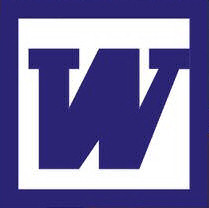 Benj Edwards: Explain, if you could, the genesis of the Word project at Microsoft. Did you personally initiate the Word development process, or was it a directive from one of your bosses?
Benj Edwards: Explain, if you could, the genesis of the Word project at Microsoft. Did you personally initiate the Word development process, or was it a directive from one of your bosses?
Richard Brodie: My understanding is Charles Simonyi was hired to produce a suite of office applications.
Charles Simonyi: Bill Gates, Paul Allen, and I decided from day one of my joining Microsoft that we would do a word processor, a spreadsheet, and a database.
BE: Richard, how did you personally get involved in the Word development process?
RB: I started working as a summer intern at Xerox under Charles, which led to my taking two years off school. When Xerox canceled Charles’s project, he went to Microsoft and hired me.
 BE: How did your work on Bravo and Gypsy [Two early pioneering word processors created at Xerox PARC — Ed.] influence the development of Word?
BE: How did your work on Bravo and Gypsy [Two early pioneering word processors created at Xerox PARC — Ed.] influence the development of Word?
CS: It was excellent practice – a kind of checklist of what to look out for.
RB: I didn’t work on Gypsy. I came in toward the end of the Bravo X project, which was a WYSIWYG text editor philosophically very much like Word, although of course we wrote Word from scratch.
BE: I’ve read that the first version of Microsoft Word was called “Multi-Tool Word” for Xenix. Did you program that yourself? Why Xenix first, then MS-DOS?
CS: The code was written by Richard Brodie, but I lead the development. The code ran on a C interpreter (including I/O) that was implemented on a number of platforms, so the particular order of releases was quite flexible.
RB: I wrote much of Word version 1 — maybe 80%. Frank Liang wrote most of the printing code. There were about four other developers who came in toward the end. Word and Multiplan ran on a virtual P-Code machine that could easily be ported to many platforms, including Xenix, the Apple ][, and the IBM PC. Since we developed under Xenix, obviously that was the first version. It was not the first version marketed — I believe the Apple ][ and PC versions came out around the same time.
BE: I can’t find any reference anywhere to Word for the Apple II. Are you thinking about the Macintosh version? Or perhaps there was an Apple II version planned that was never released?
RB: Could be my memory is faulty. Definitely not Mac, that was a different version.
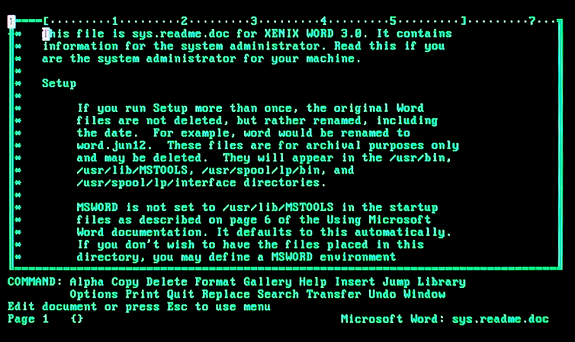 BE: Who first came up with the name “Word” for your Microsoft word processor? And where did the “Multi-Tool” part come in?
BE: Who first came up with the name “Word” for your Microsoft word processor? And where did the “Multi-Tool” part come in?
RB: You should ask Jeff Raikes, although I remember Doug Klunder and I both thought “Microsoft Multi-Tool Word” sounded brain-damaged. I was in favor of the eventual winner, simply “Microsoft Word.” I couldn’t say who first came up with that simple idea, although most of our other products already followed that pattern.
CS: I think “Word” was from Jeff Raikes. “Multi-tool” was a bad name for “Office” — it mostly referred to the character-based user interface.
BE: Richard, which versions of Word, over the years, did you work on?
RB: Besides 1.0, 1.1 added mail merge, 2.0 simply added a bundled spell checker that we purchased, and 3.0 had some enhancements I don’t recall. After that, I became Bill Gates’ technical assistant for a year, then worked on the design of Word for Windows and managed development of it. I left the company before that was completed.
BE: Can you describe for me what Multi-Tool Word for Xenix was like? Did it support any sort of GUI/mouse input or did it rely on complicated keyboard shortcuts?
CS: There was no GUI at the time. The key idea was to pretend that we could do WYSIWYG and property-based formatting with a character display.
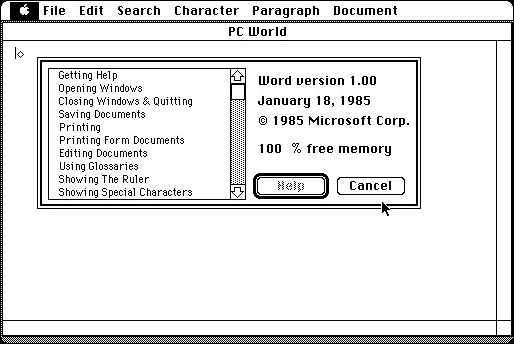 BE: How did you feel, in general, about the graphical/WYSIWYG limitations of the MS-DOS platform after working with the Xerox Alto? Were those restrictions relaxed when working on with the Macintosh or in Windows?
BE: How did you feel, in general, about the graphical/WYSIWYG limitations of the MS-DOS platform after working with the Xerox Alto? Were those restrictions relaxed when working on with the Macintosh or in Windows?
CS: It was clear that the removal of those limitations was just a matter of time, and we positioned ourselves to be ready when the time came, first with Mac and later with Windows.
BE: Who decided to create a Macintosh version of Word? Were you involved in its development?
CS: Bill Gates decided that we would focus on Mac, and Word was one of the first apps we ported. I was involved, but the Mac project was led by Jeff Harbers.
Word Today
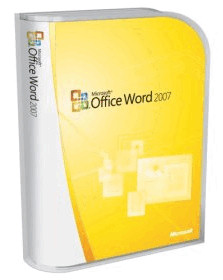 BE: What do you think about the direction Word’s development has taken over the years? Can you cite any specific areas in which you’re pleased or displeased with how the application has progressed?
BE: What do you think about the direction Word’s development has taken over the years? Can you cite any specific areas in which you’re pleased or displeased with how the application has progressed?
CS: I think Word is a terrific program; the spell checker is fantastic. Some of the formatting — for example, lists or formulas — are a bit disappointing, and the interface of Office is not as great as it could be. For example, see how much fun games are — why can’t professional user interfaces be that much fun?
RB: I’m just glad they finally put in the squiggly red underline I invented (but I left before it got done). Later, I met Chris Mason, then the Word development manager, in the Microsoft Cafeteria and asked why he hadn’t implemented it. He said it was too hard. “No it’s not!” I said and told him in 30 seconds how to do it. “Oh yeah, you’re right!” he said, and it was in the next version. I guess I didn’t write it down clearly enough before I left the company, but really, they could have just called me and asked.
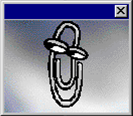 BE: How did you feel about Clippy, the talking paperclip assistant?
BE: How did you feel about Clippy, the talking paperclip assistant?
CS: I felt the same as most users.
RB: Like a cat feels about a bath.
BE: Does any one particular version of Word (on any platform) stand out as the best or ideal version in your mind?
CS: I think early Mac Word releases were pretty slick, but I use and love the newest one the best.
RB: It’s a mature product, and I think it’s been super useful for years and years. You reach a point where all you can do is figure out how to make certain tasks a little easier. I think it’s a great product.


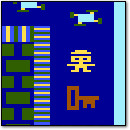
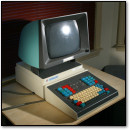
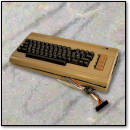
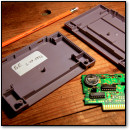
November 7th, 2015 at 11:07 am
Just going through your article I found that your first link in the paragraph points to your website instead of pointing to PCWorld.
Hope you get this message.
November 8th, 2015 at 7:23 am
Thank you for letting me know, Ravi. I have fixed the link.
November 8th, 2015 at 4:30 pm
I still use 2000 SR3 @ home!
November 12th, 2015 at 10:09 am
A great trip down memory lane. Thanks
December 2nd, 2022 at 12:04 am
And I was the tester assigned to Clippy… hoooray!